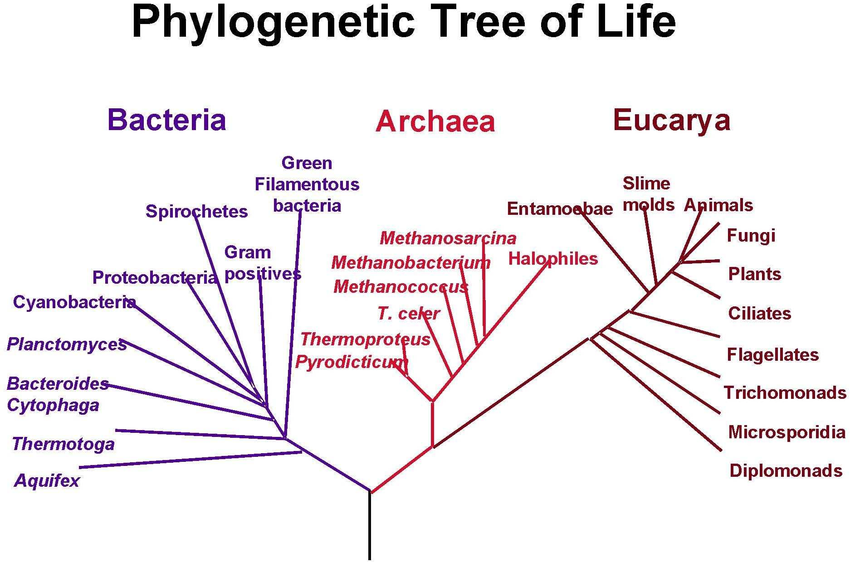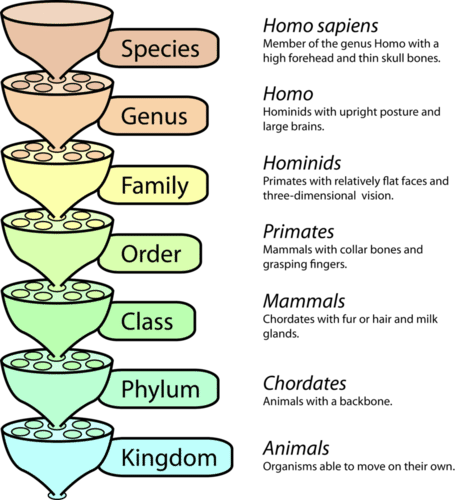Linnaean Classification Study Guide
Linnaean Classification
The Linnaean system is based on clear physical similarities. From the kingdom to the species, it is organized into a taxonomic hierarchy. Each species is given a two-word Latin name that is unique to it. The domain, which was just added, is a bigger and more encompassing taxon than the kingdom. /
Linnaeus endeavored but failed to complete a natural categorization system. His concept of natural categorization was Aristotelian, in the sense that it was founded on Aristotle’s understanding of the basic properties of living things as well as his reasoning. He classified creatures in a less precise manner than Aristotle, dividing them into mammals, birds, reptiles, fishes, insects, and worms.
Linnaean Classification System
The Linnaean classification system is the foundation of all current categorization systems. Carolus Linnaeus, a Swedish botanist, invented it in the 1700s. He attempted to categorize all known living organisms at the time. He classified species that had clear morphological characteristics in common, such as the number of legs or the structure of the leaves. Linnaeus is renowned as the “Father of Taxonomy” for his contributions.
- The taxonomic system of Linnaeus consists of a hierarchy of groups known as taxa (singular, taxon).
- Taxa are divided into kingdoms and species.
- The kingdom is the largest and most diverse confederation. It is made up of creatures with just a few fundamental characteristics in common. The plant and animal kingdoms are two examples.
- The smallest and most exclusive grouping is the species. It comprises creatures that are related enough to have fertile offspring when they are mated. A genus is a collection of closely related species.
- The term division is frequently used in botany as a synonym for the term phylum in zoology.
Binomial Nomenclature

- Linnaeus’ technique of identifying species was perhaps the most important contribution to science.
- This system, known as binomial nomenclature, assigns each species a unique two-word Latin name that combines the Genus and species names.
- The two-word Latin term for humans, Homo sapiens, is one example. “Wise person” is the direct translation.
- A species is identified by its two names.
- The inclusion of a new taxon termed the domain to the Linnaean system was a significant shift.
- A domain is a broader and more encompassing taxon than a kingdom. According to most scientists, bacteria, Archaea, and Eukaryota are the three realms of life on Earth.
- Single-celled prokaryotes make up both Bacteria and Archaea. All eukaryotes, from single-celled protists to humans, are classified as Eukaryota. The kingdoms Animalia (animals), Plantae (plants), Fungi (fungi), and Protista (protists) all belong to this realm.
Nomenclature
Botany, zoology, and microbiology have international nomenclature codes (bacteria and viruses, 1948). For viruses, the Linnaean binomial system is not used.
Following are the steps followed in nomenclature:
- Collecting, preserving, and, if necessary, making special arrangements for a suitable specimen
- Comparing the specimen to the recognized range of variation in living things
- Correctly identifying the specimen if it has been described, or arranging a synopsis displaying similarities to and differences from known features, or, if the specimen is new, naming it as per internationally recognized codes of nomenclature.
- Determining the best position for the specimen regardless of the group being studied, these activities require a recognized system of ranks in classification, known criteria for naming, and verification mechanisms.
Conclusion:
- The Linnaean classification system is the foundation of all modern categorization systems.
- The Linnaean system is based on clear physical similarities. From the kingdom to the species, it is organized into a taxonomic hierarchy.
- Each species is given a two-word Latin name that is unique to it.
- The domain, which was just added, is a bigger and more encompassing taxon than the kingdom.
FAQs:
1. What are the 7 levels of Linnaean classification?
Linnaeus’ hierarchical categorization system has seven levels, known as taxa. Kingdom, Phylum, Class, Order, Family, Genus, and Species are the largest to the smallest.
2. What are the three Linnaean classification systems?
Carl Linnaeus’ Systema Naturae, which incorporated his taxonomy for ordering the natural world, was published in 1735. Three kingdoms, split into classes, were postulated by Linnaeus. The groupings were subsequently classified into orders, families, genera (singular: genus), and species separated into classes.
3. What is the Linnaean system of classification, and why is it important?
The Linnaean system is based on clear physical similarities. From the kingdom to the species, it is organized into a taxonomic hierarchy. The Linnaean system is significant since it established binomial nomenclature to identify each species. Scientists could converse without using misleading common names after the system was implemented. No matter what language a person spoke, they became a member of Homo sapiens.
4. How did Linnaeus define species?
Linnaeus’ idea of species implies the distinction of fundamental, permanent, intrinsic markings that distinguish species from immaterial, fluctuating, extrinsic signs that are unreal. As a result, the term comprises both an ideal and an empirical component.
5. What is linneus binomial system?
The system for identifying species is known as the binomial naming system. Each species is given a name that is divided into two halves. The Genus to which the species belongs is listed first, followed by the species name. Carl Linnaeus was the first to utilize the binomial naming method consistently.
6. How to remember the Linnaean classification?
“Dear King Philip Came Over For Good Soup” is frequently referenced as a non-vulgar approach for teaching pupils to recall the taxonomic categorization of systems (Domain, Kingdom, Phylum, Class, Order, Family, Genus, Species, [Variety]).
7. What are the 8 levels of the Linnaean classification system?
From lowest to highest, the present taxonomic system contains eight degrees of hierarchy: species, genus, family, order, class, phylum, kingdom, and domain. As a result, species are classified into genera, genera into families, families into orders, and so on.
8. How does the Linnaean system of classification work?
The Linnaean system is based on clear physical similarities. It comprises a taxonomic hierarchy that starts with the kingdom and ends with the species.
We hope you enjoyed studying this lesson and learned something cool about Linnaean Classification! Join our Discord community to get any questions you may have answered and to engage with other students just like you! Don’t forget to download our App to experience our fun, VR classrooms – we promise, it makes studying much more fun! 😎

